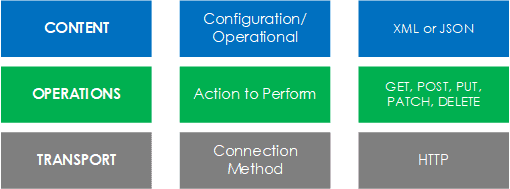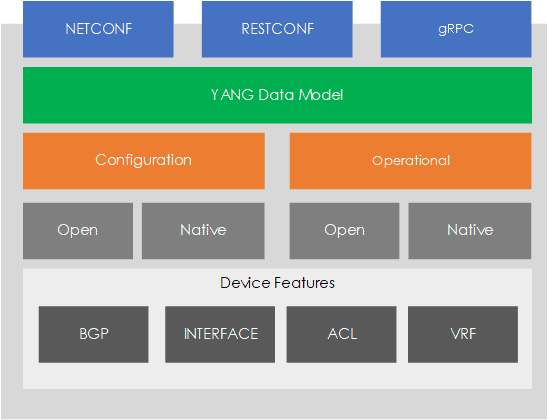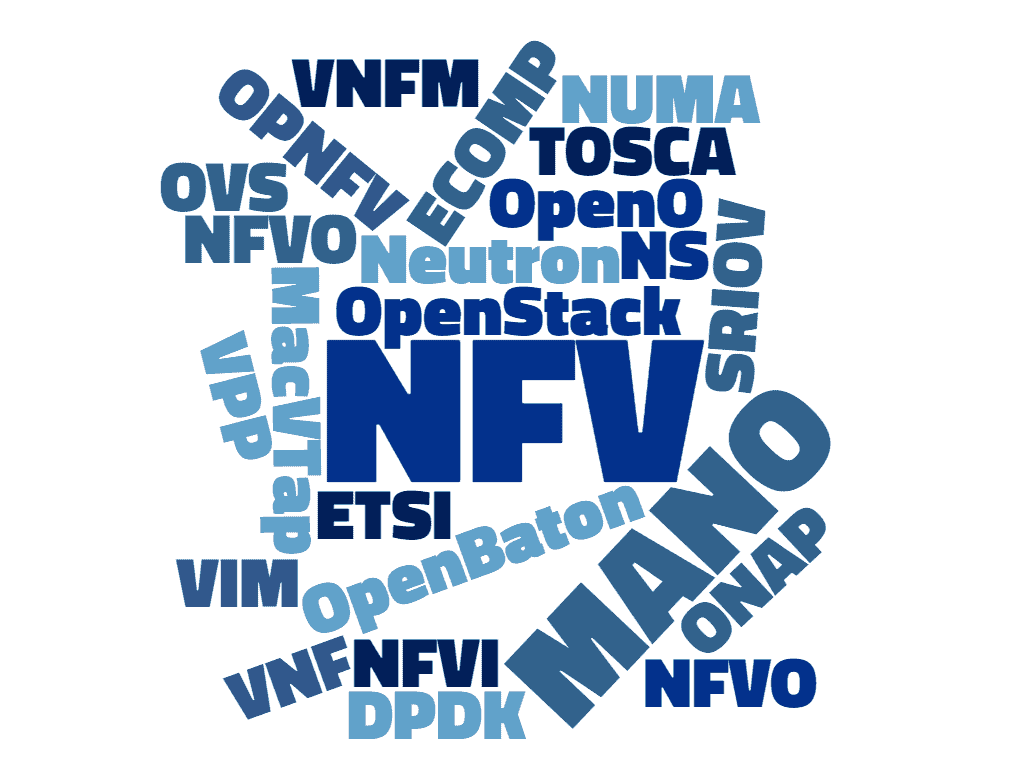How do I add a Space to Selected Lines within VIM?
Introduction Most likey there will be a time (for one reason or another) where you need to insert a number of spaces to a set of lines within a text file.Within this short article we will show you how via the use of VIM. Steps 1. Within VIM select blockwise visual mode, by pressing CTRL-V.2. … Read more










